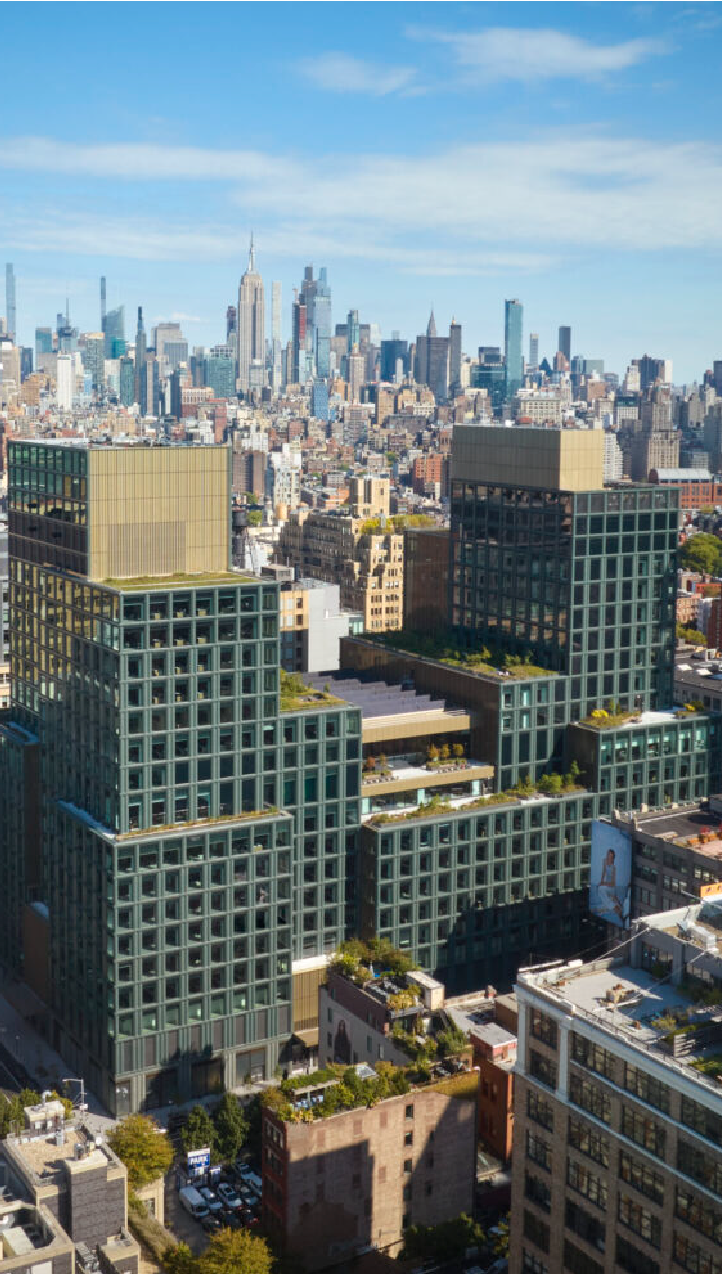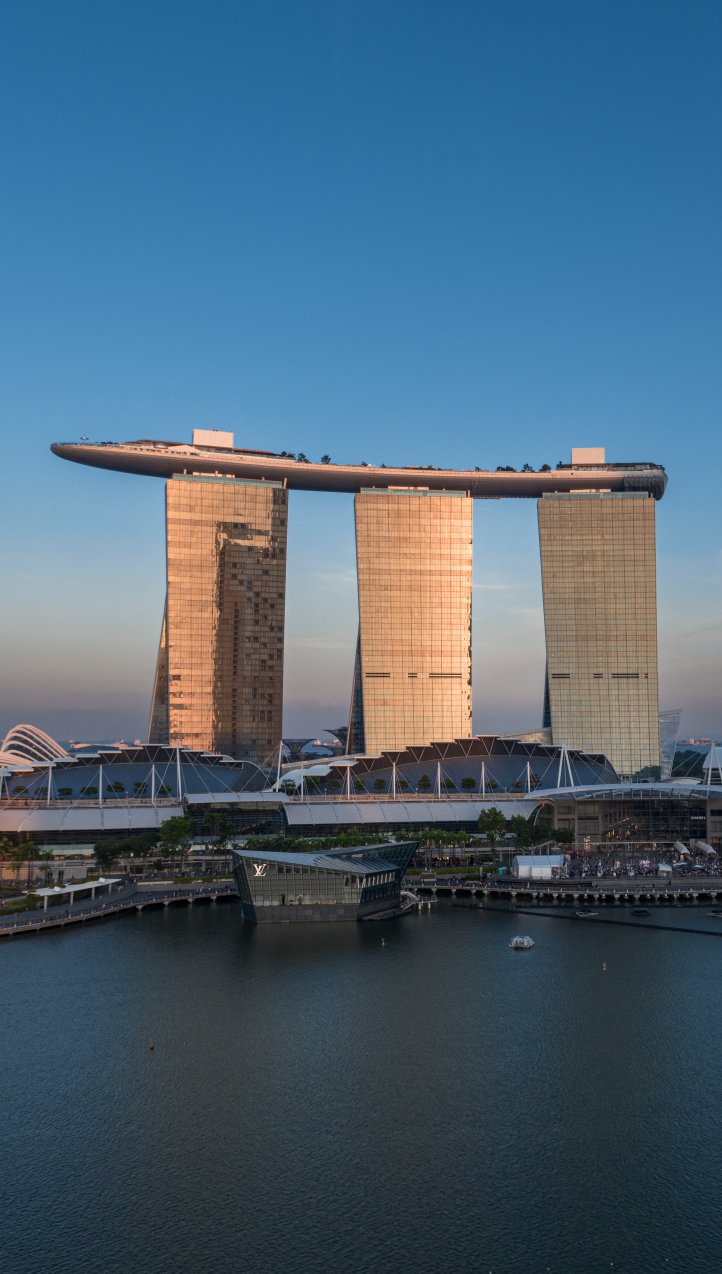The City That Dared to Rethink Everything
Some cities are born out of necessity. Others out of ambition. But Masdar City? It was born out of a bold question: What if we could build an entirely sustainable city… right in the middle of the desert?
Located just outside Abu Dhabi, Masdar City stretches across 640 hectares and was envisioned by world-renowned architect Sir Norman Foster. Its ambition is nothing short of revolutionary: to become the world’s first carbon-neutral, zero-waste city. A real-world lab where sustainable architecture, technology, and tradition collide.
Let’s take a walk through this futuristic city and explore how Masdar became a global case study in sustainable urban design—and what architects, developers, and designers in the U.S. can learn from it.
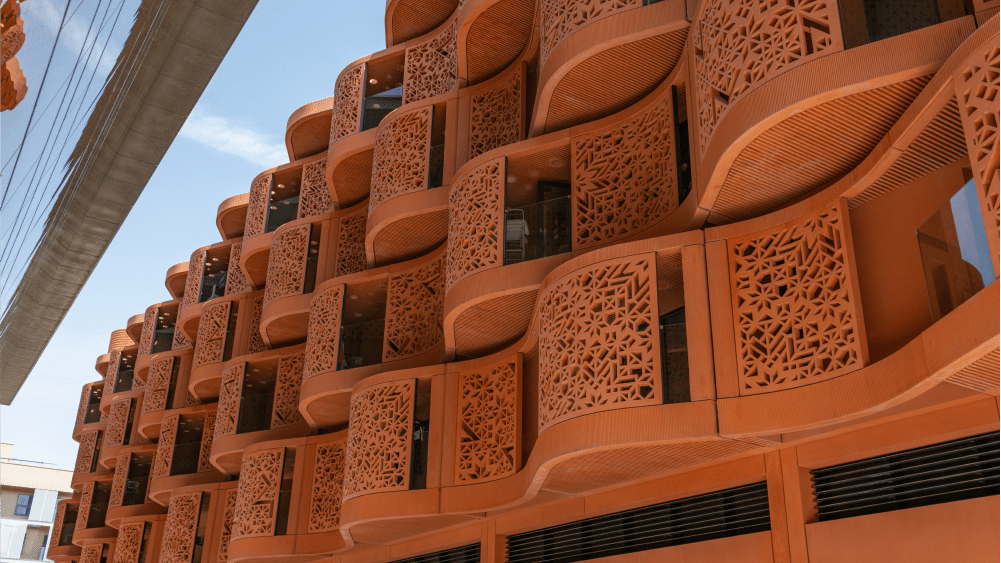
What Is Masdar City and Why Does It Matter?
Masdar City was launched in 2007 as a flagship project under the Masdar Initiative, an effort by the UAE government to pivot toward clean technologies and reduce dependency on oil. But this wasn’t just a PR move. It was an all-in bet on a different future.
Imagine a city powered by the sun, cooled by the wind, and navigated without a single gas-powered car. That’s the Masdar vision.
- Mixed-use, low-rise, high-density development
- Inspired by traditional Arab urbanism: narrow, shaded streets, internal courtyards, and public gathering spaces
- Planned in phases, allowing room for innovation and flexibility
- Divided into two main sectors, linked by a pedestrian-friendly linear park
Masdar City matters because it redefines what urban living can look like in extreme climates. It’s not just about building green—it’s about building smarter.
Passive Design: A Lesson from the Desert
Let’s clear something up: being sustainable isn’t just about throwing solar panels on a roof and calling it a day. In Masdar City, sustainability starts with the design itself.
Here’s how the desert climate shaped the architecture:
- The entire downtown sits on a 7-meter-high podium, capturing and funneling cool desert breezes through the streets
- Narrow, shaded alleys help drop the ambient temperature by up to 10°C compared to central Abu Dhabi
- Buildings are positioned to minimize solar gain and maximize natural light, using window orientation, overhangs, and advanced insulation
- Latticed screens (mashrabiyas) provide natural ventilation while adding cultural authenticity
This isn’t just good design—it’s climate-responsive architecture at its best. For architects looking to design in arid or high-heat regions, Masdar is a goldmine of passive strategies.
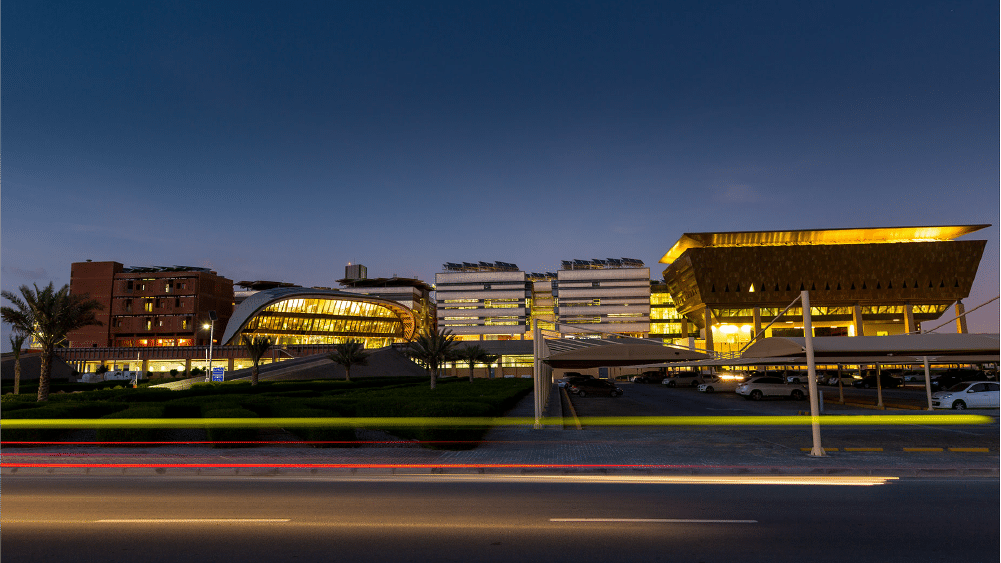
High-Tech Meets High-Impact: The Role of Innovation
Of course, it’s not all sand and shading. Masdar City embraces technology like few cities have dared to.
- Solar farms and wind towers power homes and research centers alike
- 22 hectares of solar panels generate 17,500 MWh annually
- Driverless electric shuttles replace traditional vehicles on street level
- Buildings are equipped with smart HVAC systems, low-flow fixtures, and real-time performance monitors
Masdar holds certifications from:
- LEED (Leadership in Energy and Environmental Design)
- Estidama (the UAE’s own sustainability rating system)
- WELL (for occupant wellness)
- WiredScore and SmartScore (for digital infrastructure and tech-readiness)
It’s the ultimate mash-up of smart sustainable cities and human-centered design.
Materials That Make a Difference
Let’s talk materials. Because you can’t build a sustainable city on good intentions alone.
- 90% of aluminum used is recycled
- Benches and street furniture are made from low-carbon concrete
- Sustainably sourced timber and recycled steel are the norm
- Even construction waste is processed on-site and reused
This isn’t just a materials checklist—it’s a design philosophy. One that reduces carbon emissions from the ground up.
For U.S. builders and developers, Masdar shows that choosing the right materials isn’t a luxury—it’s a responsibility.
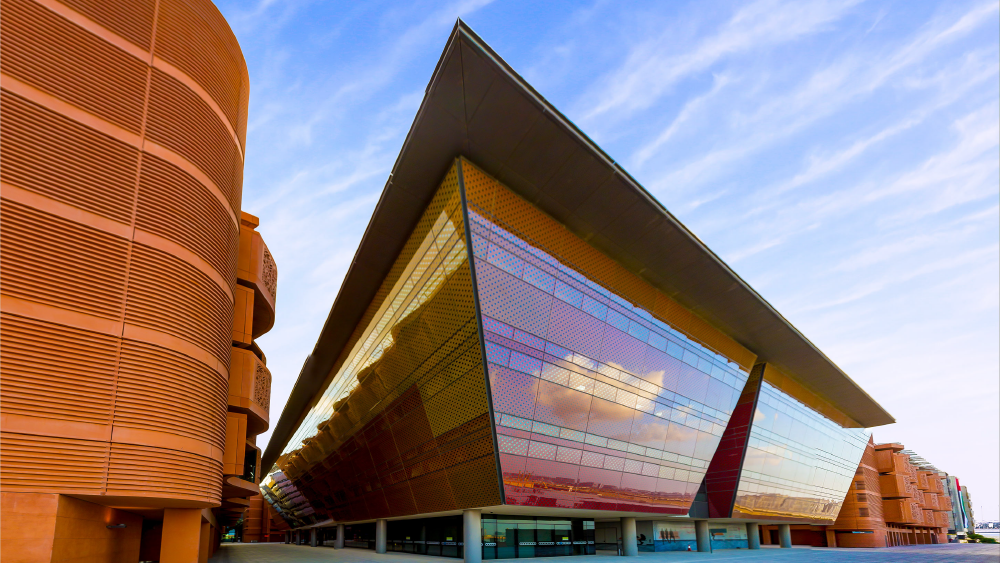
Challenges, Delays, and Realism
Now for the reality check. Masdar City is brilliant—but it’s not perfect.
- Only 5% of the city has been built as of 2024
- The 2008 financial crisis caused major investor pull-out
- Masdar currently functions more as a tech and research hub than a fully lived-in city
- Critics point to limited affordability and real-life integration
But here’s the thing: even if it’s incomplete, Masdar is still one of the most important prototypes of urban sustainability ever attempted.
Progress isn’t always linear. And that’s okay.
Why Masdar Matters for Architects Today
So what can you take away from Masdar City?
- Design flexibility: Masdar is built in phases to allow integration of new tech
- Scalability: The masterplan avoids sprawl and promotes density
- Climatic adaptation: Lessons from Masdar are applicable from Phoenix to Palm Springs
- Cultural grounding: Sustainable design doesn’t mean erasing identity. Masdar embraces its roots
If you’re planning an eco-resort, a suburban development, or even a city block—Masdar is your blueprint.
Click To See
Visualizing Urban Sustainability: Where 3D Rendering Makes It Real
Let’s be honest: sustainable strategies like passive cooling, advanced HVAC systems, or recycled steel structures are hard to explain to clients, investors, or city boards.
That’s where Xpress Rendering comes in.
With high-quality exterior 3D renderings, aerial views, and interactive site plan visualizations, we make the invisible visible.
- Want to show how desert winds cool your community layout? We can render it.
- Need to simulate solar path impacts across seasons? Done.
- Looking to pitch a walkable city design? Let us build a virtual flythrough.
When it comes to visualizing sustainable architecture, static blueprints just don’t cut it anymore. You need storytelling. You need motion. You need rendering that speaks sustainability.

FAQs About Sustainable Urban Design & Masdar City
What makes Masdar City sustainable?
Masdar uses passive design, renewable energy, smart water and waste systems, walkability, and tech-integrated infrastructure to minimize environmental impact.
Who designed Masdar City?
The masterplan was created by Foster + Partners, blending Arab vernacular design with modern innovation.
Is Masdar City complete?
No. As of 2024, it remains in phased development with around 5% completed. But its influence is global. Find Masdar City’s upcoming projects here.
What can architects learn from Masdar City?
That sustainability is a system. Not a feature. From layout to materials, Masdar shows how every element contributes to a greener future.
How can 3D rendering help with sustainable design projects?
It visualizes your ideas, making them easier to communicate, validate, and sell—especially when it comes to complex sustainability features.
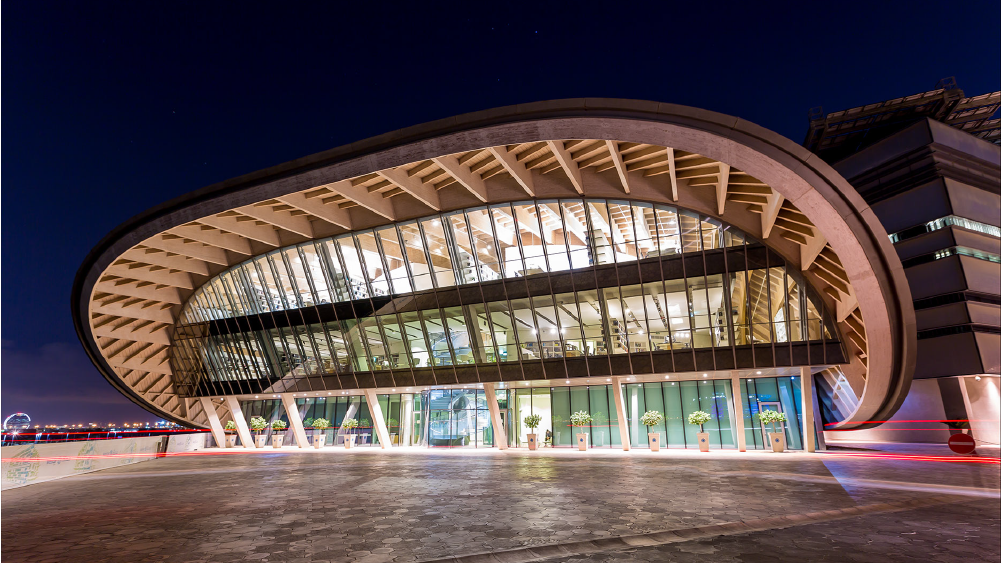
Bring Your Sustainable Vision to Life
Sustainability starts with imagination. But it becomes reality with the right tools.
At Xpress Rendering, we help you bring your greenest ideas to life. Whether you’re planning a climate-responsive community or a solar-powered retreat, we can help you visualize it in full color and detail.
We specialize in:
- Exterior 3D Renderings
- Aerial Views for Urban Projects
- Site Plan Renderings for Sustainable Communities
Want your sustainable project to stand out? Let’s make it unforgettable.
Get a Quote today and let’s start building the future.
Learn more about the official project at Masdar City official website.
